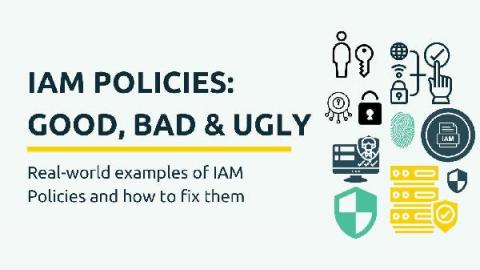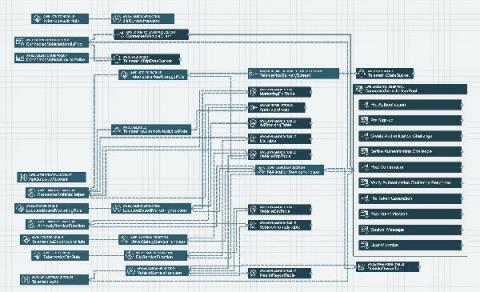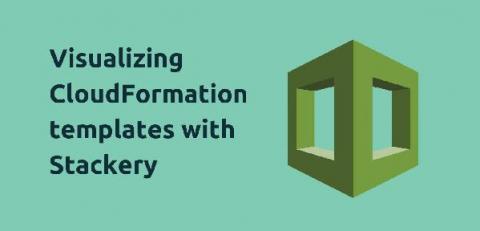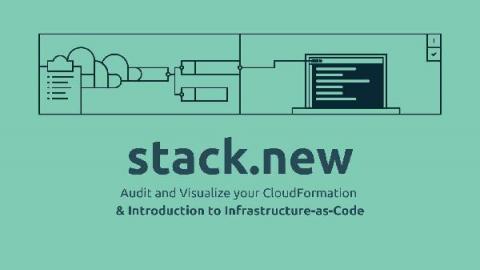IAM Policies: Good, Bad & Ugly
In my last post we looked at the structure of AWS IAM policies and looked at an example of a policy that was too broad. Let's look at a few more examples to explore how broad permissions can lead to security concerns. By far the most common form of broad permissions occurs when policies are scoped to a service but not to specific actions.





